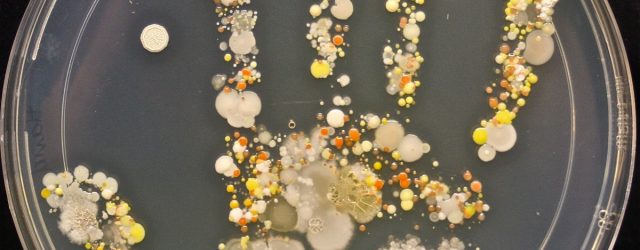I really enjoy communicate the mysteries behind the science of perception in a simple and clear manner with the use of instructive images.
We live in a “reallusive” world… Illusions are not totally unreal, because we feel them as they were real. Reality is also a kind of ‘illusion’. The outside world is mediated through our sense organs: vision, hearing, taste, touch and smell. All what we perceive and feel are just REPRESENTATIONS of reality, not the reality itself.
Children have a different way of looking at the world. So, writing and illustrating optical illusion books for kids is not an easy task, because they are less fooled by visual illusions than adults. This is due to the fact that brain’s capacity to consider the CONTEXT of visual scenes, and not just focus on SINGLE PARTS of scenes, develops very slowly.

My new work “Optical Illusions” will make you question: “is seeing believing?”… The brain is an amazing thing, but it doesn’t always get things right when it comes to sight. My book is here to explain why, with astounding images, baffling puzzles, and simple reveals. Continue Reading










